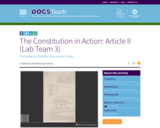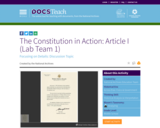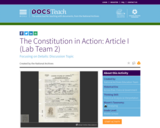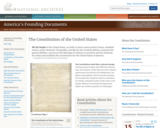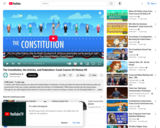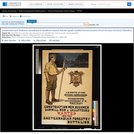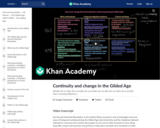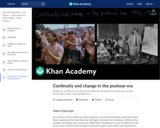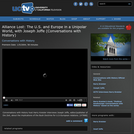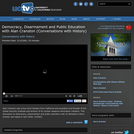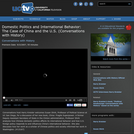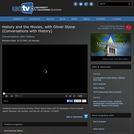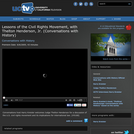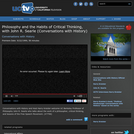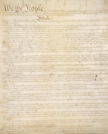
The nation’s founders believed Congress to be the fundamental institution of the federal government, since it is the body that most closely represents the people. The framers of the United States Constitution began by creating Congress. Then they established the other two branches of government—the executive branch and the judicial branches.The Constitution gives each branch distinct powers, but it makes sure that the three are in competition. Each branch has its own ways to check and balance the powers of the other two. The separation and balance of powers has contributed to the government’s enduring vitality, providing order and stability while allowing flexibility for adaptation and change.
- Subject:
- U.S. History
- Material Type:
- Reading
- Author:
- OER LIBRARIAN
- Date Added:
- 12/09/2020
